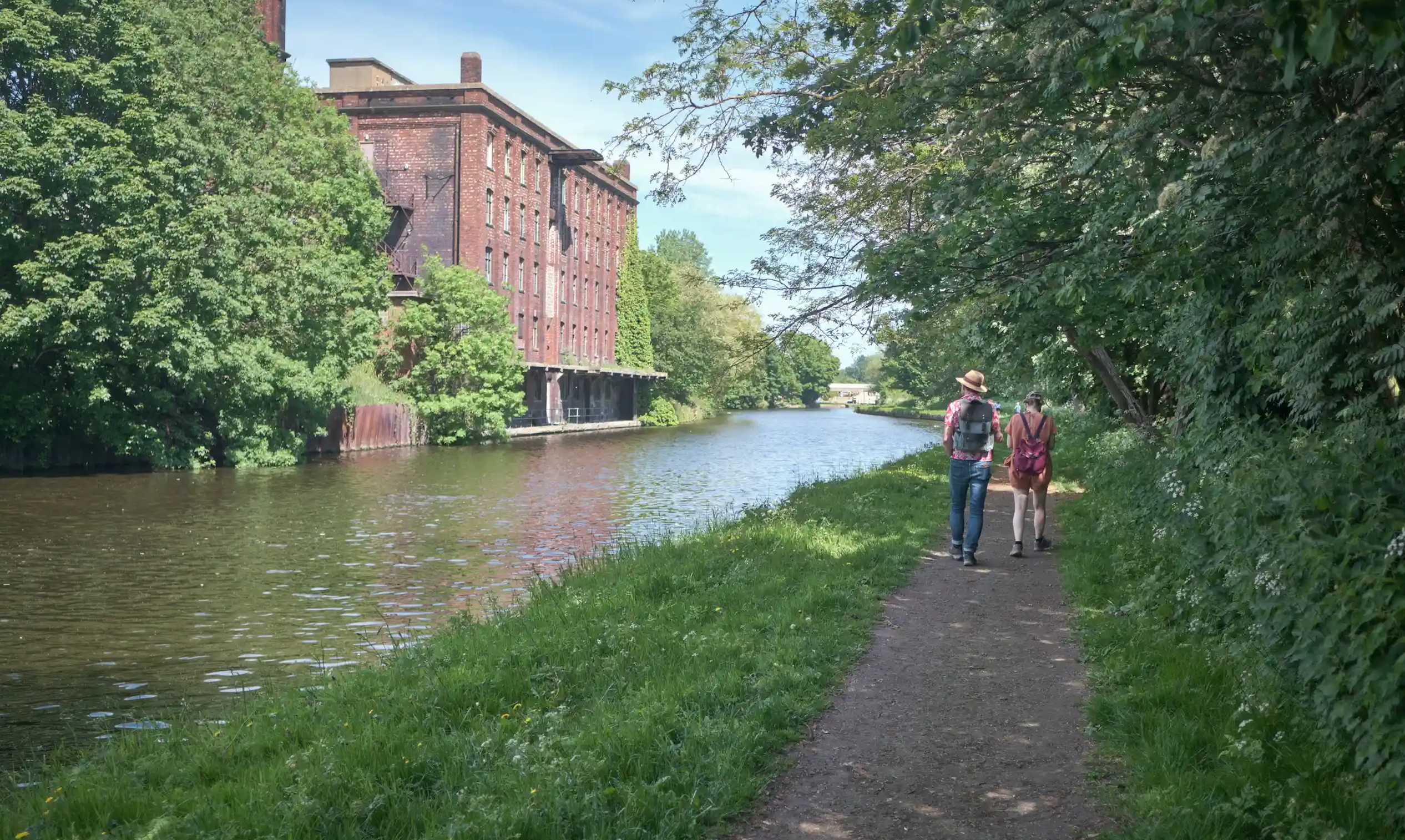Initiating body:
Citizens or community groups / NGOs
Details about how the instrument was designed:
The design of the catchment-based approach in Doncaster came as a recommendation from the South Yorkshire consultation meetings in 2004 and 2005. The consultations were conducted as a society-led initiative between various community organizations and local authorities (e.g., National Working Group of Catchment-based Approach, Doncaster Council, Yorkshire Wildlife Trust, etc.) to tackle Don's river restoration efforts. As a result, in 2008, the initiative established Don Catchment Rivers Trust as a charitable trust to coordinate the partnership-joint actions. Later, the stakeholders agreed on the partnership priorities and vision, 1) managing land sustainably, 2) recovering nature, 3) improving health and wellbeing, and 4) reducing pollution and waste on the catchment. The working group fixed the geographical limits of operation to the catchments of the Rivers Don, Dearne, and Rother based on local necessities assessment.
Targeted actors:
Public sector institution (e.g. school or hospital)
Private: household, real estate developer, business , financial
Citizens or community groups (CBOs), NGOs
Details about the implementation:
The design and implementation stakeholders include: Don Catchment Rivers Trust as the primary coordinator, Environment Agency, Doncaster Council, Yorkshire Wildlife Trust, Yorkshire Water, Natural England, South Yorkshire Forest Partnership, Doncaster Naturalists, Canal & Rivers Trust, Forestry Commission, The River Stewardship Company and Network Rail. The community-based agreement implementation follows an iterative learning cycle with the following components: (1) generating and using data to develop an evidence-based catchment plan; (2) implementing catchment management interventions; (3) measuring outcomes, adjusting delivery, and improving the programs based on the evaluation. The Doncaster council worked closely with the partnership and financially support their projects with grants. The council also collaboratively defines the restoration leverage points that directed the projects under the instrument. Various schemes under the partnership - such as the NW Water Rangers scheme - encourage the public to engage in citizen science and collect evidence of poor water quality using easy-to-use test kits. In the national context, the partnership instrument is aligned with the National Planning Policy Framework and the Biodiversity 2020: A Strategy for England's Wildlife & Ecosystem Services (2011). In the sub-regional context, the instrument is integrated with the South Yorkshire Green Infrastructure Strategy – Creating & Improving Green Network (2011). In the local context, the cooperative instrument acts as a delivery framework for the Borough's core strategies - Doncaster (2011 – 2028). These local core strategies included: The local Development Framework, Doncaster Green Infrastructure Strategy (2014- 2028), and the Don Catchment Flood Management Plan (2010).
How did the government support the instrument?:
The community-based agreement in Doncaster is part of the Catchment-based approach network. The multi-agency partnerships are formed from a government policy framework that empowers local action to improve the water environment and deliver Water Framework Directive objectives. In the Doncaster case, the policy number CS17 in the Local Development Framework promotes integrated and joined-up approaches to safeguard ecosystem services, particularly implementing green corridors. The Doncaster Council and Sheffield Regional Council allocated funding resources for some projects under the catchment action plan. The partnership is aligned with key national, regional, and local strategies that aim to deliver integrated and joined-up approaches to safeguard ecosystem services, restore degraded ecosystems, and contribute to local climate change mitigation and adaptation measurements.

